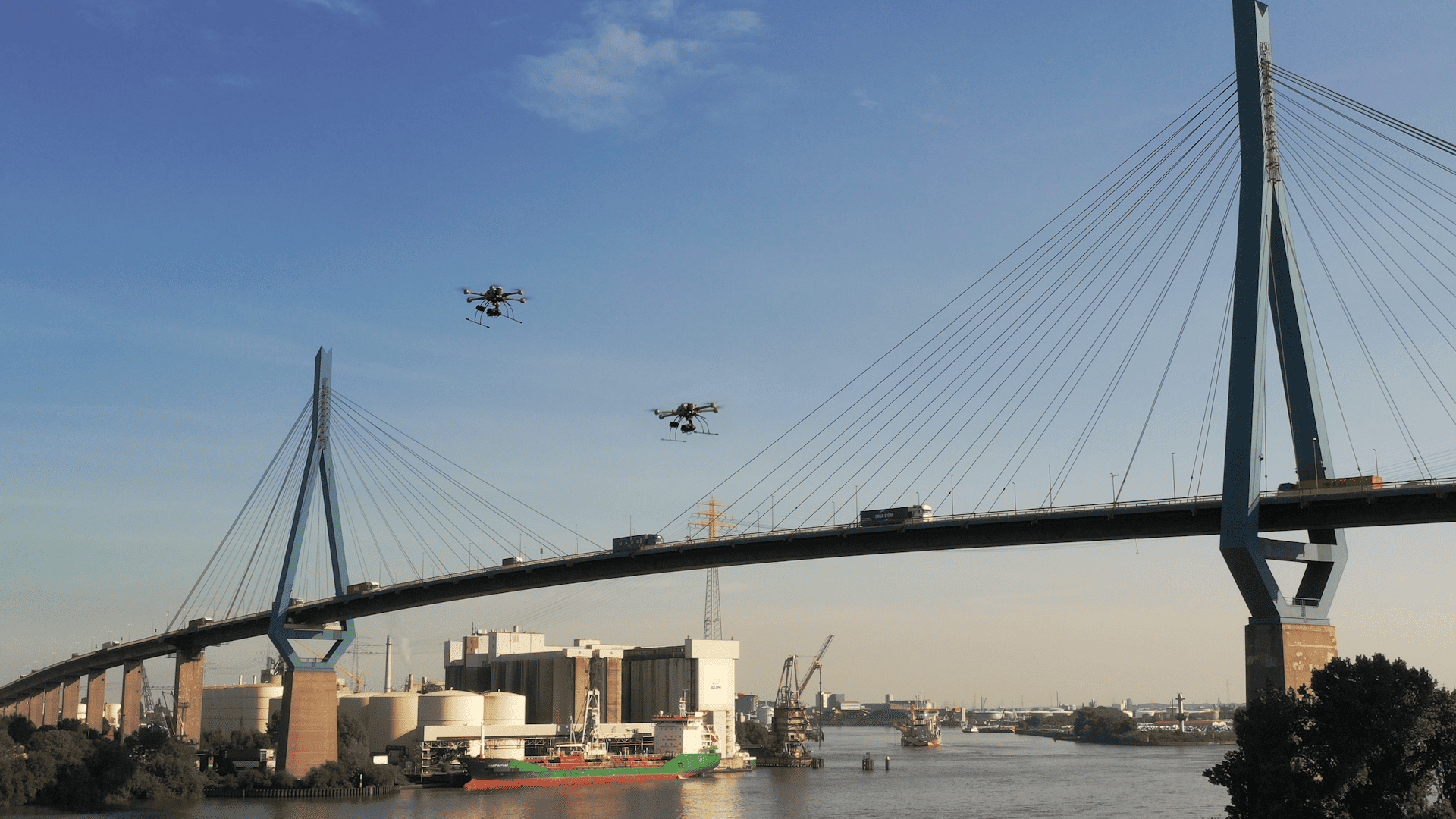
Governments are endeavouring to stem the spread of the SARS-CoV-2 virus (corona virus) by reducing person-to-person contact. The resulting ban on social activities has largely relegated the economy to the home office. This is also reflected in rush hour traffic, that’s undergoing a dramatic decline. Stephan Tischler from the Department of Infrastructure, Unit of Intelligent Transport Systems at the University of Innsbruck in Austria wonders if the COVID-19 crisis has the potential to change mobility behaviour over a sustained period.
How much has commuter traffic changed since the initial restrictions?
Aviation traffic has practically come to a standstill in Austria. Public transport has seen a decline in passenger numbers between anywhere from 40 to 80 % in Vienna. There has also been a significant drop in private transport. Approximately 50 % in Vienna and by up to 80 % in Paris. However, these declines in commuter traffic are less pronounced in terms of regional levels due to rises in the switch from public transport to private vehicles.
The proportion of cyclists in larger European cities has increased. Sometimes quite markedly, as cycling is often favoured over public transport. However, in Tyrol, and in Innsbruck especially, bicycle traffic has been severely restricted. Which means that only a few bike trips are made to do some shopping or get to work. It is also noticeable that shopping is now more often done on foot. Because it is practically the only opportunity for many people to legally leave their homes.

However, despite all the euphoria surrounding the current dramatic decline in rush hour traffic, it should not be forgotten that virtual mobility will not automatically lead to a lower overall physical volume of traffic once the restrictive measures have been lifted. For example, delivery and refuse collection routes can only be partially reduced, and family pick-ups and drop-offs even less so. Traffic resulting from leisure and holiday activities cannot be avoided altogether either. As far as delivery traffic is concerned, increased e-commerce is likely to further increase traffic volumes. Yet these could be improved more by incorporating new ideas from the urban logistics sector.
Do you think that this change in mobility behaviour – especially in regard to commuter traffic – could become common practice?
We often shy away from leaving familiar routines and habits to go on and try out new things or to take a closer look at these. What do I need in order to be able to work from home? How do webcams, cloud and web conferencing work? Yet the transition of many businesses to home offices and the huge restrictions on going outdoors are forcing many people to work from home.
The right kind of equipment is being added to where it wasn’t yet available. And sales figures from the last few days alone are impressive. On Saturday, for example, the Austrian Broadcasting Corporation (ORF) reported an increase of over 1000 % in the demand for webcams! Since monitors, printers and docking stations are also being purchased more frequently, it can be assumed that not only are online games booming, but that people are actually working from home more.
Once people put aside their apprehensions and become accustomed to using webcams, they are more likely to hold virtual conference calls for longer periods of time. This invariably saves an enormous amount of time and resources.
What has to happen in order to make sure that working from home and holding virtual meetings can carry on at a high rate even after COVID-19 has passed?
There would need to be an expansion of the technical infrastructure. Stability of connections and high transmission quality must be ensured. Broken connections, audio and video outages ought to become the exception.
It would make sense to create financial incentive schemes for companies and employees. For one thing, the costs of a home office should be deductible or eligible for subsidies.
Moreover, additional software developments would be needed to create a broader range of services. Such as virtual collaboration programs, in which case higher usage levels would automatically lead to more services being on offer. Greater levels of data security would also have to be established.
Probably the most key point is to normalize the practice of working from home.
From an environmental point of view, in which area is commuter traffic particularly problematic?
Route distances and speeds are just as relevant as traffic volumes in terms of environmental impact. The shorter and fewer trips that are made, the lower the energy requirements and emissions. As well as the probability of accidents, expenditure, space requirements for transport infrastructure, etc.
Switching from combustion engines to electric drives solves the problem of pollution along transport routes. Other problematic aspects remain unresolved. Like land use and depletion of rural areas, along with ever-rising interdependencies.
Air traffic will continue to be a problem for the climate for some time to come, seeing that emission-free engines are still not technically available for medium and long distances. The increased use of virtual meetings could lead to a decrease in commuter traffic. Especially when it comes to flights for business purposes.
What would be the ideal solution for an intelligent transport system?
Optimally, it would be self-regulating in a sustainable way. The best example is speed limits. By designing the road layout accordingly. For example, by taking width and visual perception into account, the permissible maximum speed would not be exceeded in the first place. Then there would be no need for time-consuming enforcement and monitoring of speed limits.
And to what extent could – or perhaps should – the impact of the corona crisis on mobility shape this ideal?
All of a sudden it became clear what is possible. Working from home, walking to shops, holding meetings online instead of in person, leisure activities at home instead of travelling by car for hours on end, et cetera.
Another thing that society and politics will have to discuss is that in the present COVID-19 crisis, we are protecting a very sensitive group of people (as in the elderly and those with health conditions) by severely restricting their basic rights. These restrictions have so far been largely accepted and supported without any opposition and across party lines. When it comes to private transport, we know that we could save just as many lives by lowering the speed limits. Just 30 km/h instead of 50 km/h in cities, 80 instead of 100 km/h on country roads and 100 instead of 130 km/h on motorways. But this continues to be regarded as politically inconceivable.
Thank you for the interview.






